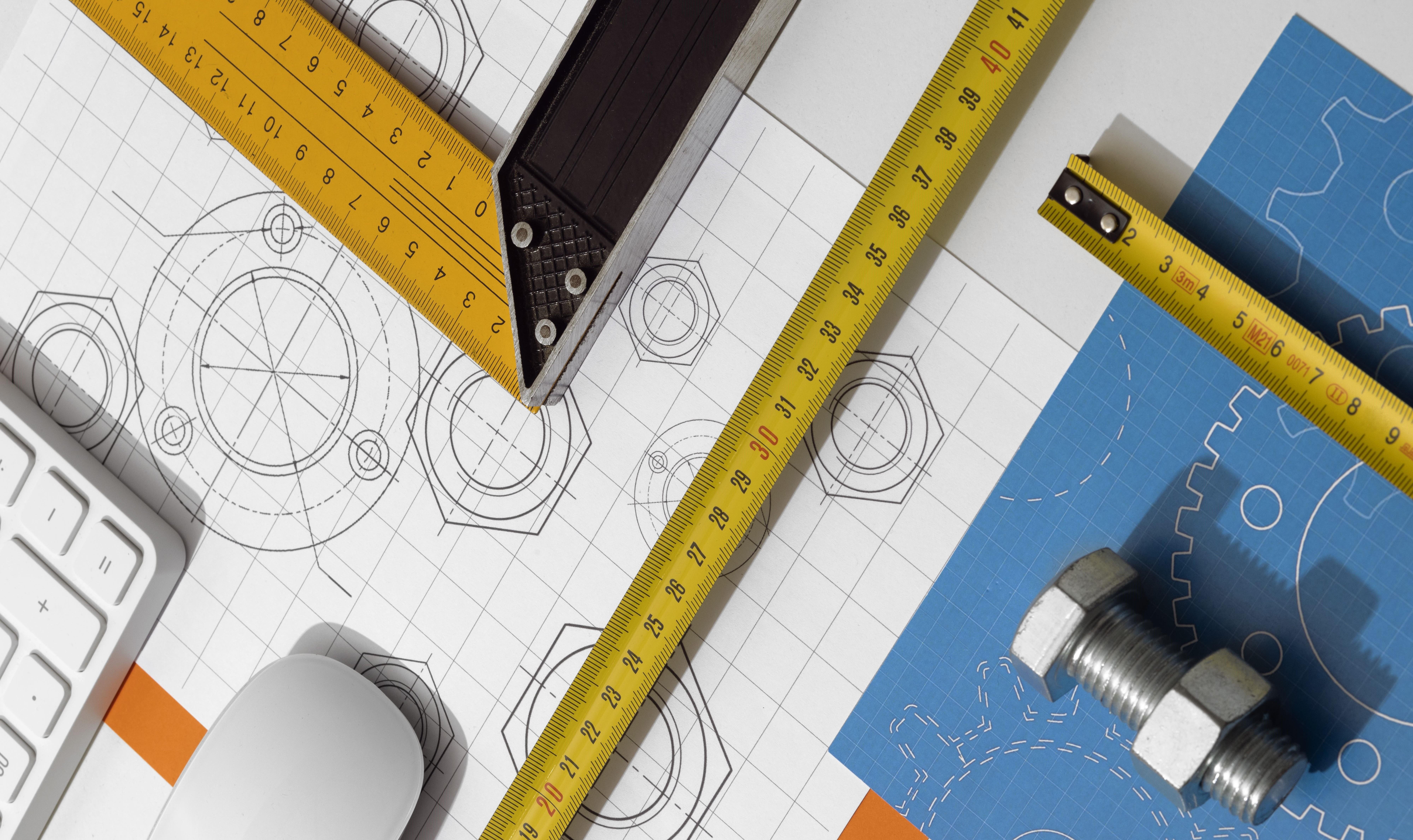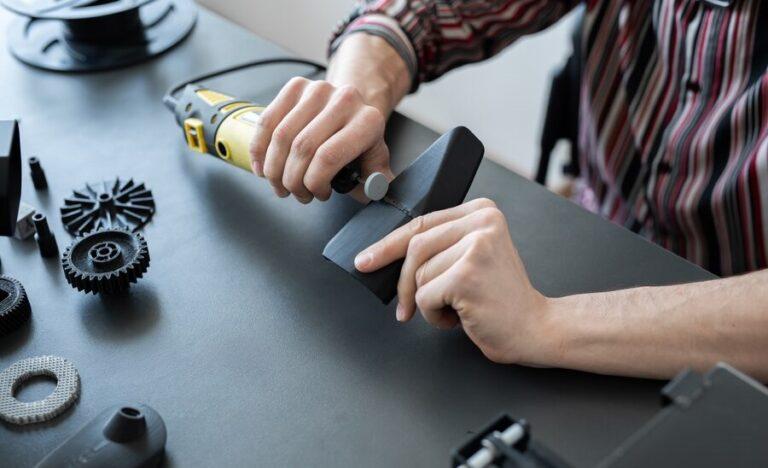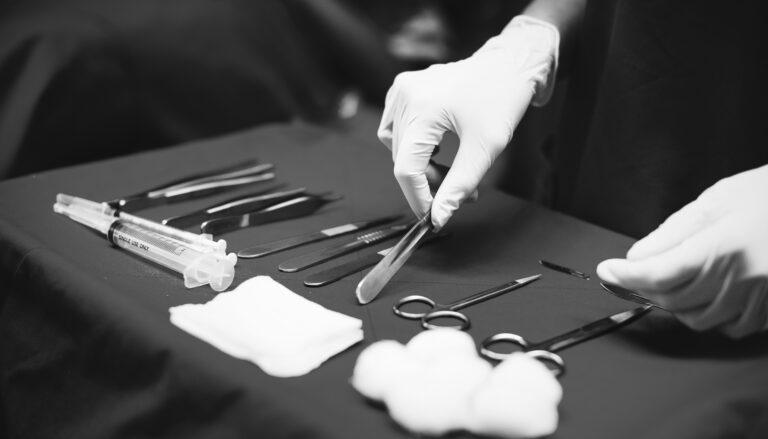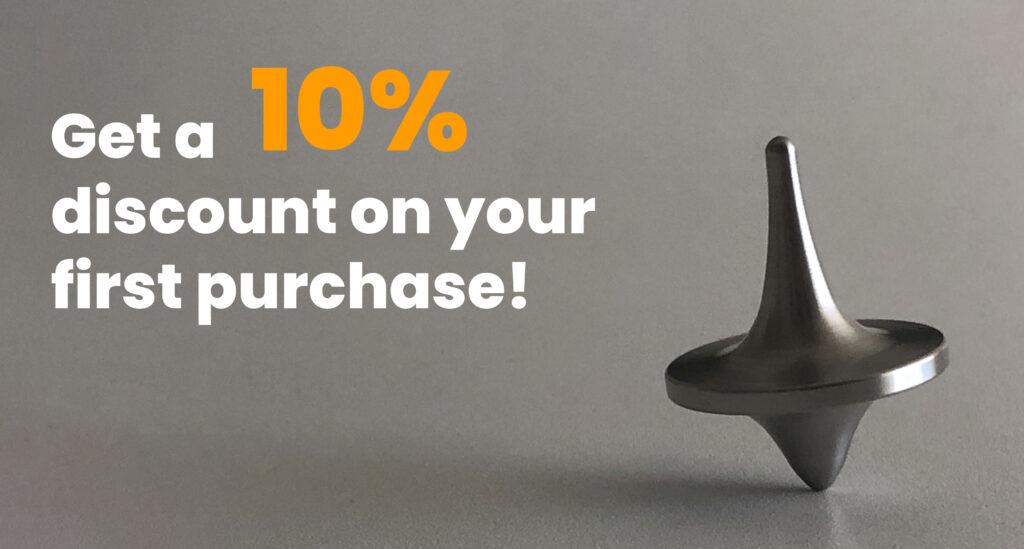CNC machining can be costly and time-consuming, especially when high precision is required. However, there are effective strategies to reduce lead times without sacrificing quality.
In this article, we tell you some of the best design tips to optimize the CNC machining process and speed up the production of your parts.
Reduce design complexity
An ideal way to reduce lead times in CNC machining is to simplify designs, as this minimizes the number of operations required to produce parts or prototypes.
More complex designs require deep forms or cavities that increase machining time, which in turn increases lead time and manufacturing cost.
Minimize tolerances
In CNC machining it is essential to keep tolerances as flexible as possible while still meeting the required specifications.
Tight tolerances increase the complexity of the machining process, thus increasing both lead times and cost.
In addition, by designing the parts to the proper tolerances, the need for additional machining operations or even manual adjustments is also reduced.
Ultimately, to minimize manufacturing cost and lead times, it is recommended to use specific tolerances only in really critical areas.
Choosing the right materials
Another key element in reducing machining time is choosing the right material for the specific needs of the project or part, as some materials are more difficult to machine than others.
On the other hand, to further reduce costs and lead times, it is imperative to design parts with minimal material waste, as this reduces material handling time and the amount of material to be machined.
Reduce the number of configurations
Each additional setup to machine a part increases the overall process time, so reducing the number of setups is crucial to shortening lead times.
This can be easily accomplished by designing parts that can be machined in a single setup or by consolidating several parts in a single operation.
On the other hand, it is also possible to divide larger parts, which would require multiple configurations, into smaller components that are subsequently assembled.
Minimizing material handling and worker effort
Finally, it is essential to minimize worker effort, since the less human interaction the parts require to be machined, the shorter the lead time and the lower the cost of the parts.
On the other hand, the orientation of the part during machining also affects machining time and part quality. Therefore, it would be appropriate to limit the number of faces to be machined or to group similar features on the same sides of a part.
Ultimately, reducing manufacturing lead times in CNC machining is essential to improving efficiency and reducing costs. The best advice is to involve experts in CNC machining part manufacturing from the design phase, ensuring that drawings are optimized for the machining process and can be produced as efficiently as possible.
At ProtoGo! we offer the best CNC machining service for your parts and prototypes. You can request your quotation through the form on our website in a quick and easy way.
What are you wating for? Request your quote now!





